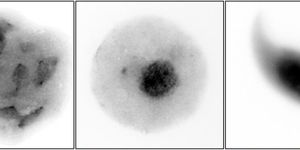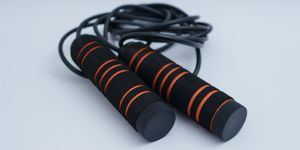Baryon Acoustic Oscillations -- Sound Waves from the Infant Cosmos
As many believe, the Big Bang started our universe. But not everyone is aware that the early world is nothing like what we can see these days. There's no stars, planets, galaxies or nebulas. For a bit less than four hundred thousands years, the universe was a super-hot, dense soup made with only primordial plasma.
It was so hot that, light, in the form of photons, wasn't even free. It got tangled up with baryonic matter such as protons and neutrons. Only at around 379,000 years old, the universe had become cool enough (due to its expansion) to set free photons and allow protons and electrons to bind, resulting in the atoms of the first element--hydrogen.
Back in the early universe, while regions with highly-dense plasma gravitationally attract outside matter towards them, the heat generated by its photon-matter interactions creates enormous outward pressure. The two forces pushed against each other, creating oscillations that are comparable to sound waves generated by the gas pressure differential. This is baryon acoustic oscillations (BAO).
BAO serves an important role in physical cosmology. Similar to the supernovae being used as a "standard candle" for astronomical observations, BAO clustering provides a "standard ruler" for length scale measurement, which is dictated by the maximum distance the acoustic waves could travel before the formation of atoms. Cosmologists rely on the measurement of BAO to interrogate the nature of dark energy, the force that accelerates the expansion of the universe.
Source: PBS Space Time via Youtube








